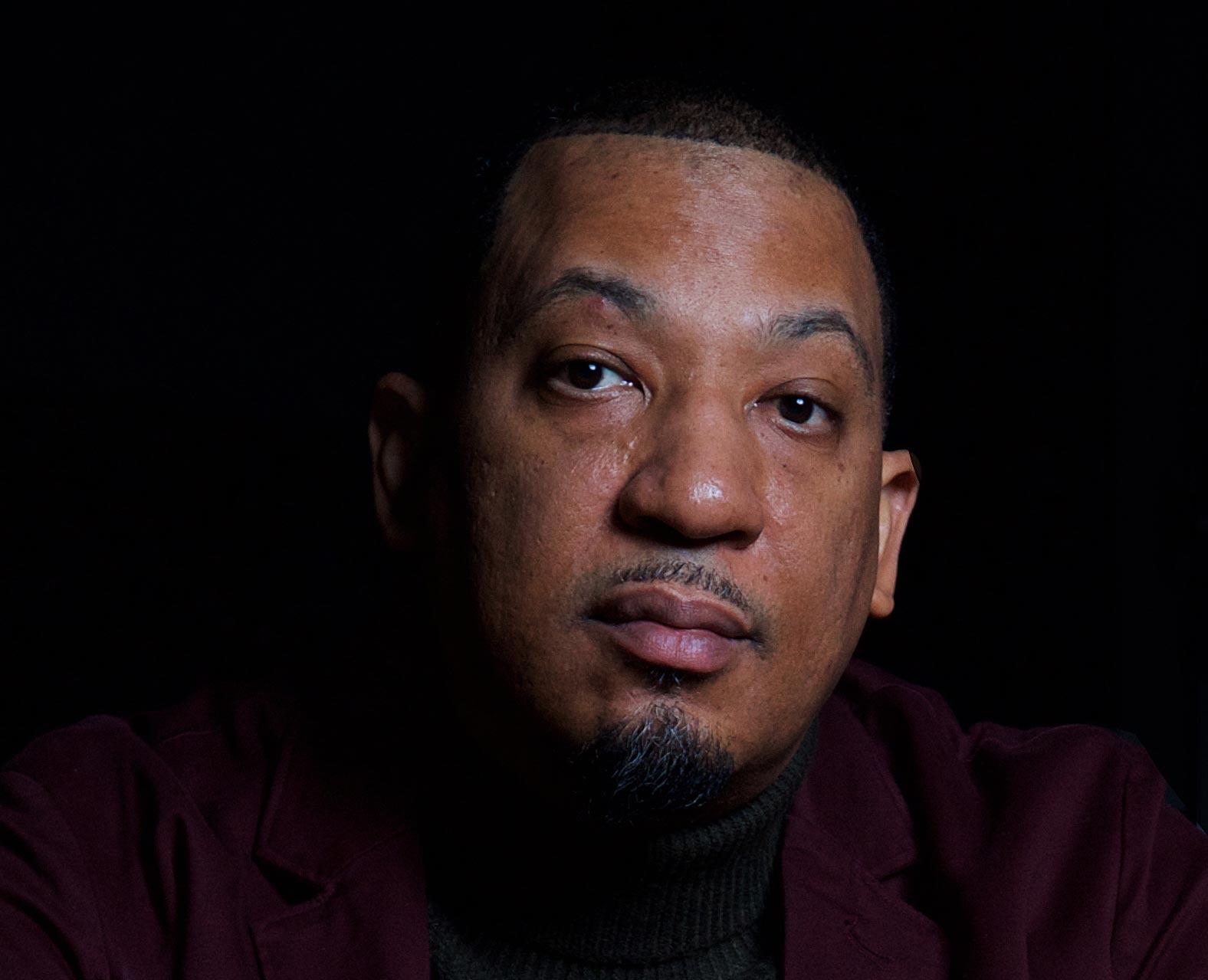More of Black Durham
This story is a part of our African American Heritage Guide Project, a printed guide and collection of stories about Durham's Black history, culture, community and entrepreneurship created by Black writers, poets and artists. Find more stories and information about the guide.
We know that Durham is a city full of history and culture. Its rich tapestry of historic sites adds to the story of its vibrant past. These landmarks offer us a sense of events and people that have shaped its identity. This is especially true of the sites that speak to Durham’s African American heritage.
Former Fitzgerald Brickyard
A two-block area from Swift Avenue to Gattis Street marks the former location of the Fitzgerald Brickyard — one of Durham’s largest black-owned businesses — and clay pit area, which made bricks for Erwin Mills, the Brightleaf District, American Tobacco, and other factories and warehouses that give Durham its unique architecture.
Durham Hosiery Mill (Mill #2)
Built in 1901, it was once the nerve center of the world’s largest hosiery mill complex and the nation’s largest producer of silk stockings. After 1904, it was the only mill in the country staffed entirely by African Americans. Today, it provides affordable housing for the elderly and is on the National Register of Historic Places.
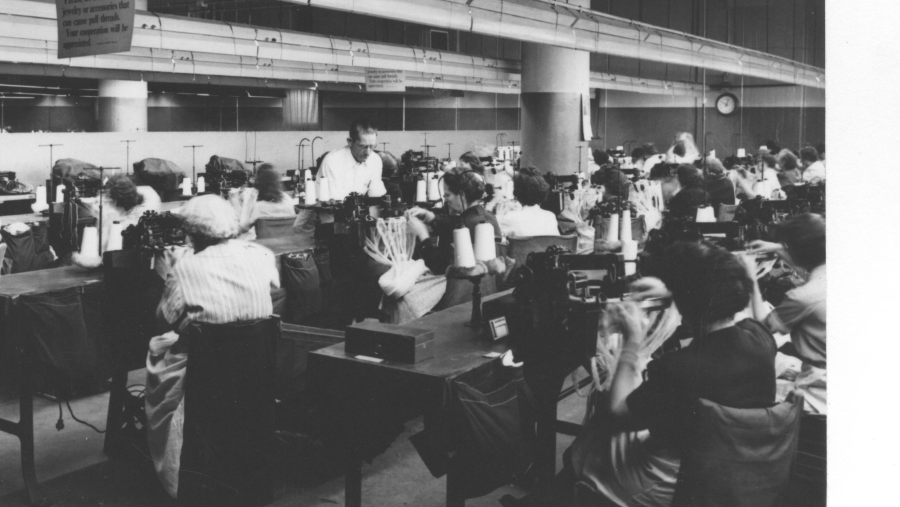
The Durham Hosiery Mill provided work for many Black Durhamites. Photo: Durham County Library Historical Photo Collection
Lincoln Community Health Center, Inc./Lincoln Hospital Nursing Monument and Brick Marker
Dr. Aaron Moore established Lincoln Hospital as the first Durham hospital for African Americans in 1901 on Proctor St. Now known as Lincoln Community Health Center, it is operated by Duke University Health System. It also hosts a monument honoring the tireless work and groundbreaking achievements of Lincoln Hospital’s School of Nursing for the Black residents of Durham in times of segregation. During its years of operation, 1903-1971, the school graduated 614 professional nurses. The school closed in 1971 when Lincoln and Watts Hospitals combined to form Durham County Hospital Corp.
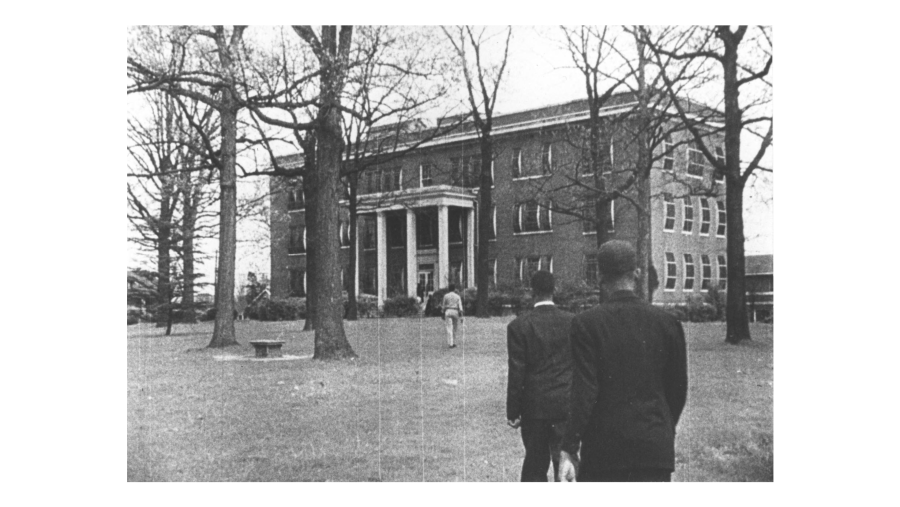
The Lincoln Hospital was a crucial establishment for the Black Community in Durham during the 20th century. Photo: Durham County Library Historical Photo Collection
Black Burial Traditions and Funeral Homes
A conversation with FUSE Executive Fellow, Dr. Erica Xavier-Beauvoir
What can't be ignored in Durham's story is the historical significance embedded in the burial customs of its African American community. Black-owned funeral homes like Holloway Memorial Funeral Home and Scarborough & Hargett Celebration of Life Center, Inc. have served families for decades. From the historical cemeteries that have served as final resting places for generations to the evolving traditions that continue to honor the deceased, it is important to consider how these practices reflect the community's resilience, faith and enduring legacy.
As a FUSE Executive Fellow, Dr. Erica Xavier-Beauvoir worked with the City of Durham and Fuse Corps to identify alternative traditional burials to curb environmental impacts. Xavier-Beauvoir also investigated different burial options, emphasizing environmentally sustainable, affordable, and space-efficient practices. Part of the work was to determine what options would be feasible for the City of Durham, given the city’s resources, constraints, and cultural responses to burial options. The recommendations would be part of a plan to provide the foundation for a process that gives Durham families access to culturally appropriate and environmentally sustainable alternatives. I got a chance to speak with Xavier-Beavoir to talk more about her work and its importance in Durham.
Why do you feel it is important to practice green burials? Often, we don't consider what our burial practices do to the environment. According to Green Burial Council, burials in the United States use approximately:
- 4.3 million gallons of embalming fluid, 827,060 gallons of which contain formaldehyde, methanol and benzene
- 20 million board feet of hardwoods, including rainforest woods
- 1.6 million tons of concrete
In addition, steel caskets in the soil are not sustainable. I would love to leave Earth better than I found it and use my burial practice as a barometer of how I care, love and respect Earth for all it has done for me and the generations in my bloodline. Our current traditional practices will leave our soil contaminated and continue to shift our ways of engaging food, climate, and our local environment.
There is a history and legacy of sustainable burial practices, can you tell us a bit about that? Green/natural burials were our standard practice before the Civil War. Embalming fluid became popular after President Abraham Lincoln because they had to preserve his body for transit. Once funeral practices made embalming a standard practice, it became a normal procedure marketed to people for funerals. Prior to the funeral shift, wakes happened in the family living room, and the body was buried in the backyard of familial land. There were many documented indigenous people using green/natural burial practices. In fact, to this day it is standard for Jewish and Muslim communities to use green/natural burials. Before people decided to capitalize on every aspect of the funeral process, we had simple, beautiful, family-centered funerals where the family tended to the body and we valued a gentle return to the Earth.
How can folks learn more about the practice? People can learn more about green/natural burials from the Green Burial Project, which focuses on information on North Carolina. People can reach out to me via Earthing Our Funerals Instagram. Earthing Our Funerals Project continues a year-long fellowship with the City of Durham to bring green/natural burials to Maplewood and Beechwood Cemeteries. Beechwood will have green/natural burial plots when the expansion is complete. I am available for speaking engagements to spread education on green/natural burial options around Durham.
What inspired you to do this work? My grandmother inspired me to do this work. My grandmother Emma Kate reminded me to respect, listen, and nurture the soil. Remembering our times in her garden made me realize I had a deep connection with Earth. This project is an ode to a southern-raised grandmother who made me value playing outside and exploring nature. I want to help others remember their love of nature and take a green/natural burial approach as a revolutionary practice to align with nature and rest in peace. Our funeral is our final protest.
Beechwood Cemetery
Owned by the City of Durham, the nearly 25 acres of land contain the graves of Durham’s early African American business and community leaders, including John Merrick, founder of NC Mutual Life Insurance Company; C.C. Spaulding, general manager and president of NC Mutual; and Dr. James E. Shepard, founder and president of the National Religious Training School (now NCCU).
Geer Cemetery
Founded in 1876 as the first cemetery for African Americans in Durham, this cemetery fell into disrepair after closing in 1944 due to overcrowding. Local non-profit Friends of Geer Cemetery began work to clean up the grounds and research the estimated 3,000 people buried there. Margaret Faucette, founder of White Rock Baptist Church, and Edian Markham, founder of St. Joseph’s AME Church, are among those at rest.
Leathers’ Slave Cemetery
Located in Mangum Township in a grove of hardwoods on the Pearse Farm, this cemetery is about 500 feet to the right of Rougemont Road and less than a quarter mile northwest of S. Lowell Road. This abandoned cemetery contains the graves of at least 100 enslaved people, including Peter Leathers. No legible stones exist.
Harris Hill Cemetery
This cemetery was used by slaves of the Bennehan and Cameron plantations and later by their descendants. Located on the property of BioMérieux, this site was also reported as the Halliburton-Holloway Family Cemetery in the 1920s. Information and tours may be arranged via Historic Stagville.
Cameron Grove Cemetery
This cemetery was the primary burial ground for the approximately 1,000 slaves of the Cameron Plantation, located near what is believed to be the foundation of Cameron Grove, the church serving the community of enslaved people. The cemetery is located on private property and locked. Tours/ access may be arranged through Historic Stagville.
more stories from the African American Heritage Guide
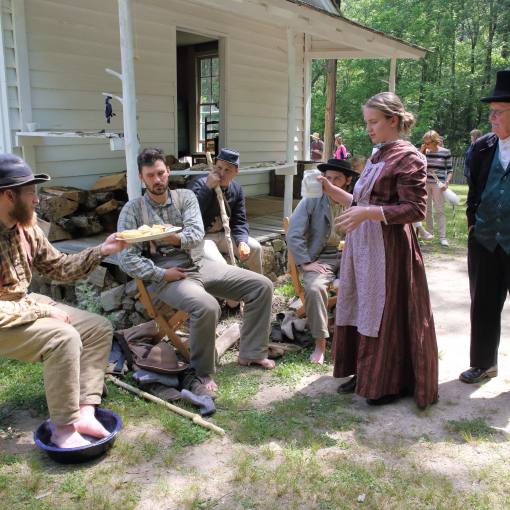
Plan A Visit To State Historic Site: Duke Homestead From agriculture and infrastructure supported by the enslavement of Africans to The American Civil War, the city of Durham has an intricate and complex history and it includes tobacco. Learn More
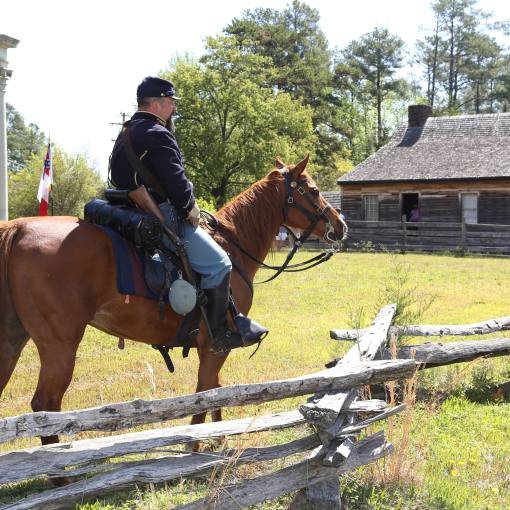
Plan A Visit To State Historic Site: Bennett Place Discover Bennett Place Historic Site, the location of the largest surrender of Confederate troops in the American Civil War Learn More
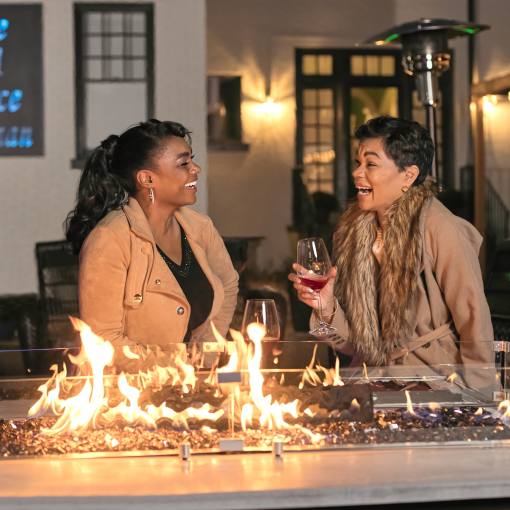
48 Hours Exploring Durham’s Black-Owned Gems Want to explore Durham's Black-owned businesses but only have two days? Our guide has you covered. Learn More
